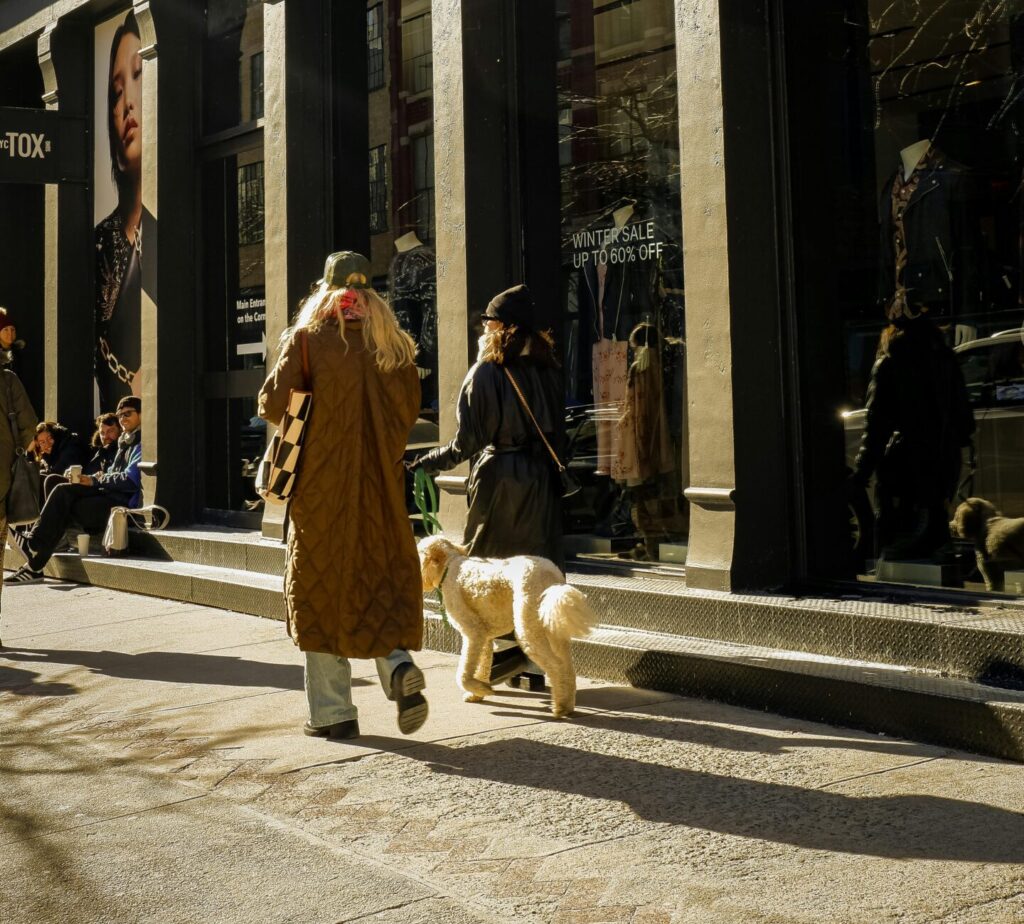Socialization 101: Proven Confidence Boost for Dogs
You’ve mastered the basics at home: sit, stay, come. But what happens when your dog enters the real world? Suddenly, there are new people, other dogs, food smells, skateboarders, strollers, and endless distractions. Without real-world socialization, even a well-trained dog can become reactive, overwhelmed, or unpredictable in public.
If your goal is to have a confident, calm companion who can join you at dog-friendly cafes, walk calmly through the park, or relax at a busy family picnic, then socialization beyond the backyard is a must. This blog will show you how to introduce your dog to real-world environments using training strategies that build focus and trust.

What Real-World Socialization Really Means
Real-world socialization is more than letting your dog meet other dogs or say hello to strangers. It involves exposing your dog to a variety of sights, sounds, surfaces, and scenarios so they learn to remain confident and obedient no matter where you go.
This includes:
- Navigating crowded sidewalks
- Settling under an outdoor cafe table
- Ignoring squirrels, bikes, or loud children
- Walking calmly through pet-friendly stores
- Remaining respectful and relaxed around unfamiliar dogs
Without this level of exposure, a dog may become overstimulated or shut down when faced with something unfamiliar. Socialization builds resiliency, and it is most effective when paired with solid obedience.
Start With a Strong Foundation at Home
Before heading out into public, your dog should reliably respond to basic commands at home and in low-distraction settings. If your dog pulls on the leash, ignores recall, or struggles to hold a “place” command indoors, those issues will intensify in a busy environment.
That is why a structured program like our Basic & Advanced Obedience Program is essential. It is designed to prepare your dog for real-life situations, not just behavior at home.
Explore our Basic & Advanced Obedience Program
Choose the Right Environment for Your Dog’s Skill Level
Jumping into a crowded dog park or bustling patio can overwhelm your dog. Start small and gradually increase difficulty as your dog gains confidence.
Socialization environments, from easiest to most challenging:
- Quiet neighborhoods
- Empty parking lots
- Local parks on weekday mornings
- Outdoor patios with minimal traffic
- Busier weekend parks or cafes
- Downtown sidewalks or public festivals
Bring high-value rewards and stay patient as you progress through each level.
Practice Key Skills in Public Settings
Once you’re outside, the goal is not just exposure. It is to practice focused obedience in the presence of distractions.
Key behaviors to work on:
- Loose leash walking: Keeps your dog beside you without pulling or lunging
- Place command: Helps your dog settle calmly under a table
- Sit/stay around distractions: Trains your dog to hold position with activity around
- Recall (come): Crucial for off-leash reliability and emergencies
- Leave it: Prevents scavenging and avoids unwanted greetings
For creative ways to build these skills, try our games and drills that make leash training fun and effective. These exercises translate well into real-world control.
Neutral Dog Encounters Are Valuable
One of the best social skills your dog can learn is how to remain neutral near other dogs. They do not need to greet every dog they see, especially in public places.
At parks or cafes, reward calm behavior and give your dog space to pass by other dogs without reacting. Encourage engagement with you instead of pulling toward or fixating on distractions.
Tip: If your dog struggles with overexcitement or reactivity, create distance and use calm praise. Never force a greeting.
Watch for Signs of Stress
Not every dog is ready for a crowded environment. Pay attention to your dog’s body language and energy levels. Overexposure can lead to setbacks.
Common signs of stress include:
- Lip licking, yawning, or shaking off
- Tail tucked or body tense
- Pacing or pulling hard on the leash
- Disengagement or hyper-alert scanning
- Refusal to follow commands they normally know
If you see these signs, create space or end the session. Your dog’s comfort level should guide your pace.
Tools and Gear to Bring
Preparation makes outings easier for both of you. Pack:
- A standard 4 to 6-foot leash
- High-value treats or reward toys
- A mat or towel for “place”
- Portable water and bowl
- Poop bags
- Calm, confident energy
You are your dog’s leader. Stay composed and focused to help your dog feel secure.
Expert Resource: Puppy Training and Early Socialization
For younger dogs, early exposure to real-world settings is critical. The American Kennel Club offers an excellent guide on puppy training classes and socialization, which outlines how and when to introduce your pup to public settings without overwhelming them.
Final Thoughts
True socialization is not about flooding your dog with new experiences. It is about gradually introducing real-life environments and using structured training to build confidence and obedience. With time, patience, and leadership, your dog can become a calm, capable companion in any setting.
If your dog struggles in public or needs help mastering obedience around distractions, we can help. Our programs are designed to build real-world reliability for every lifestyle.
Contact our Dayton team today to get started
Would you like a certified trainer to contact you?

